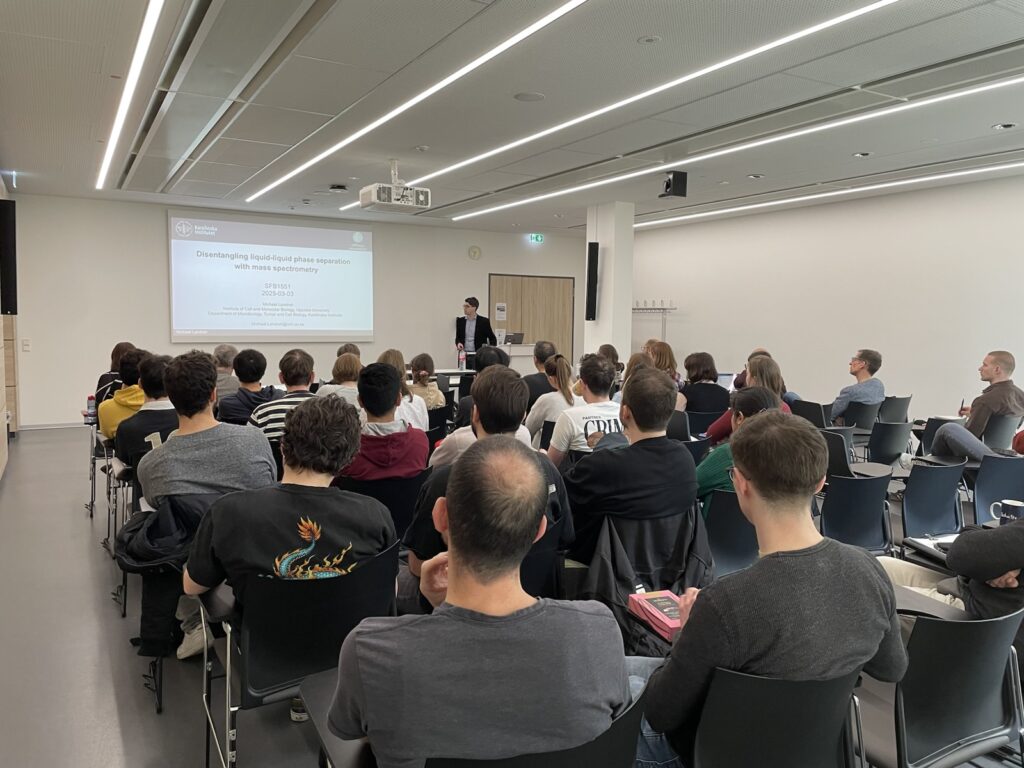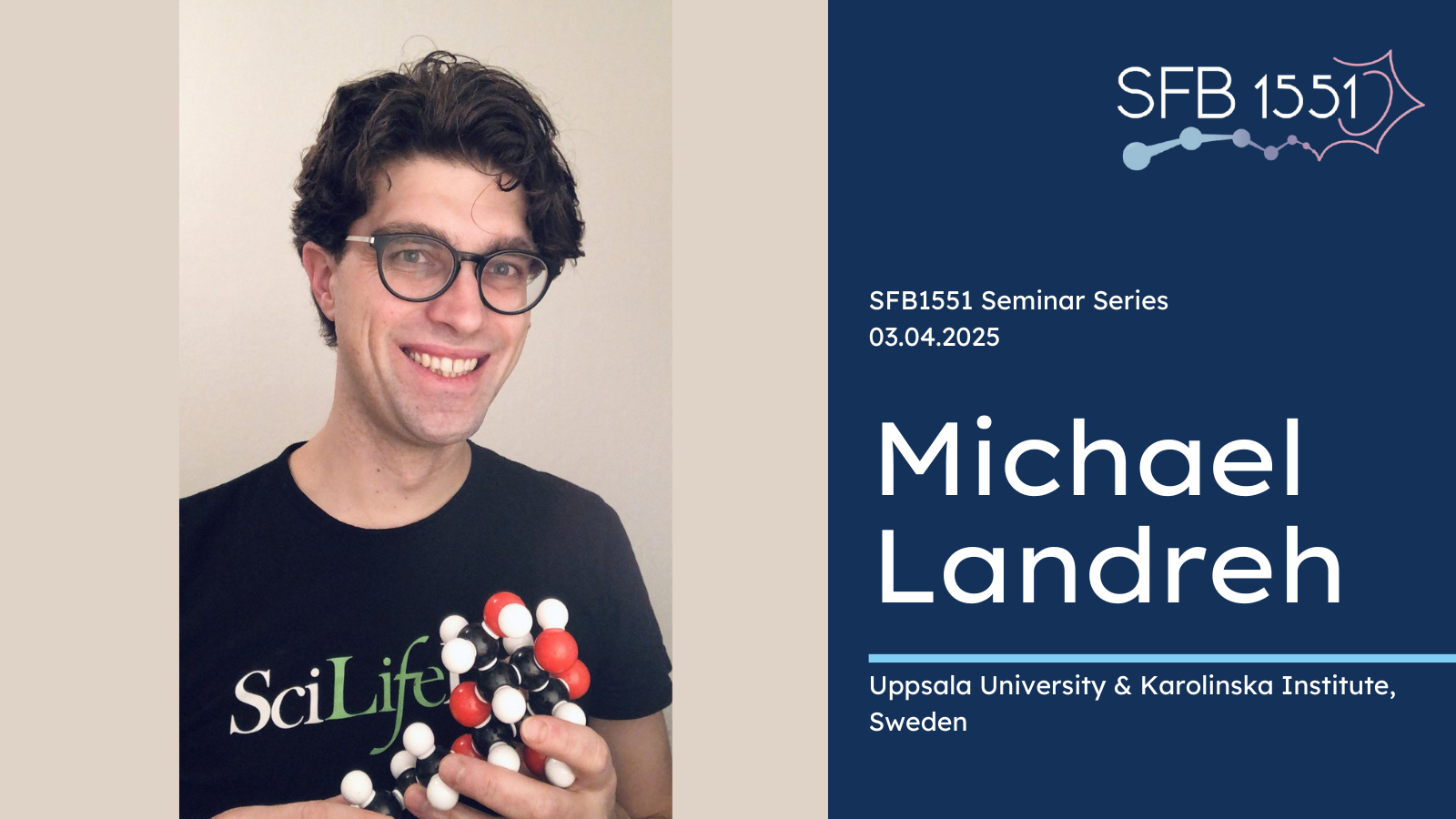Protein self-assembly can produce highly ordered structures, such as amyloid fibers, but also dynamic structures, such as stress granules. Perhaps surprisingly, many self-assembling proteins share an ability to form liquid-like droplets through a process called liquid-liquid phase separation (LLPS). By engaging in low-affinity contacts, proteins can become entangled like cooked spaghetti on a plate, separating them from bulk solution. LLPS is a wide-spread phenomenon in nature, mediating the assembly of spidroin proteins into spider silk and driving the formation of membraneless organelles in cells. However, it is also a highly heterogeneous and dynamic process, and despite its apparent low specificity, it is implied in tightly controlled biological interactions. Finding out what types of interactions happen inside, and around, liquid droplets is challenging. My lab combines native ion mobility mass spectrometry and machine learning tools such as AlphaFold to find out how proteins behave under LLPS conditions. We are especially interested in why “chaotic” LLPS can control specific protein interactions, ranging from spider silk assembly to stress granule formation and oncogene activity. Recently, we have expanded our focus to small molecules and their interactions with protein droplets.
On behalf of SFB1551, we were thrilled to have the chance to learn from and engage with Michael. Your insights sparked great enthusiasm within our community, and we look forward to seeing all that you accomplish in the future!


